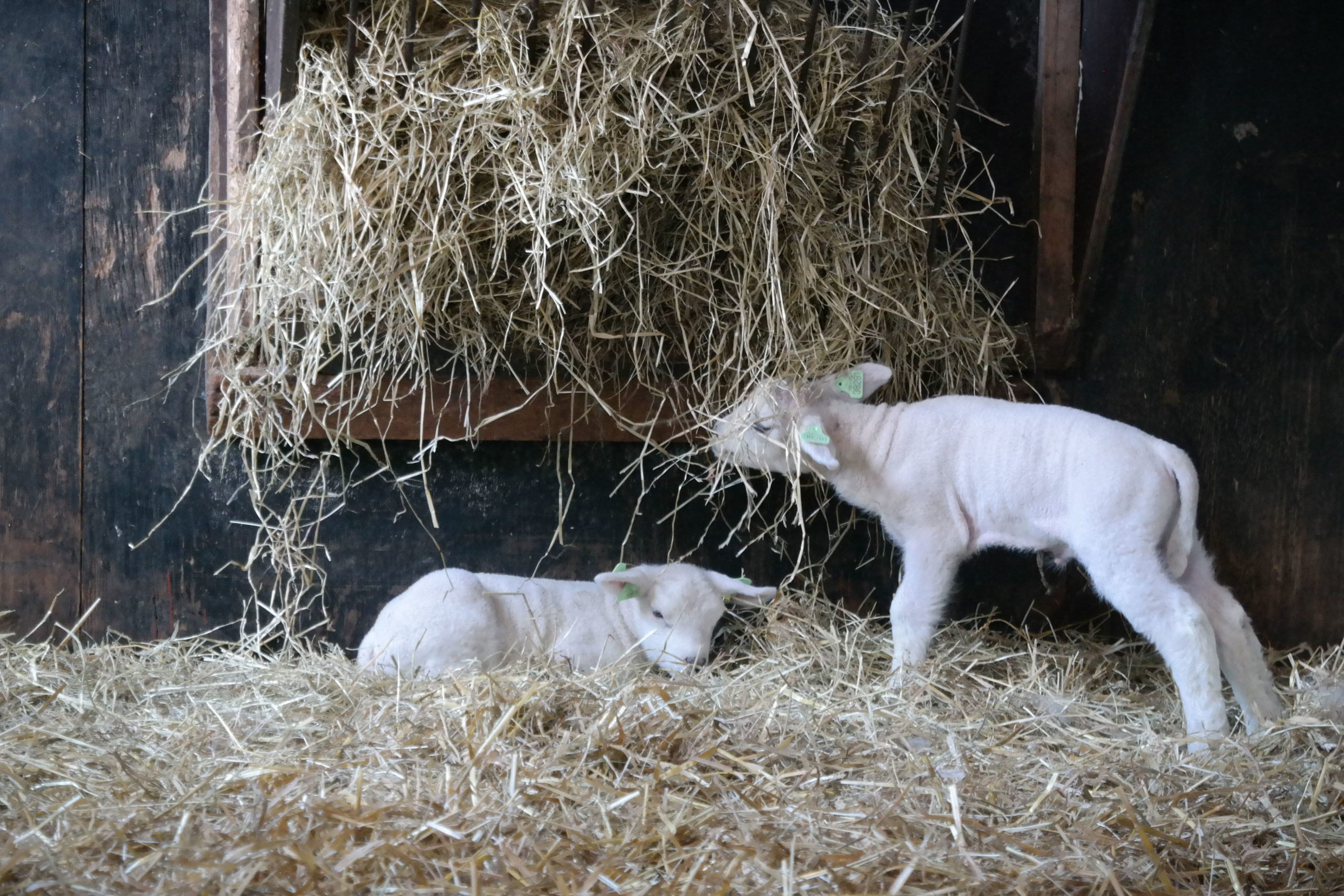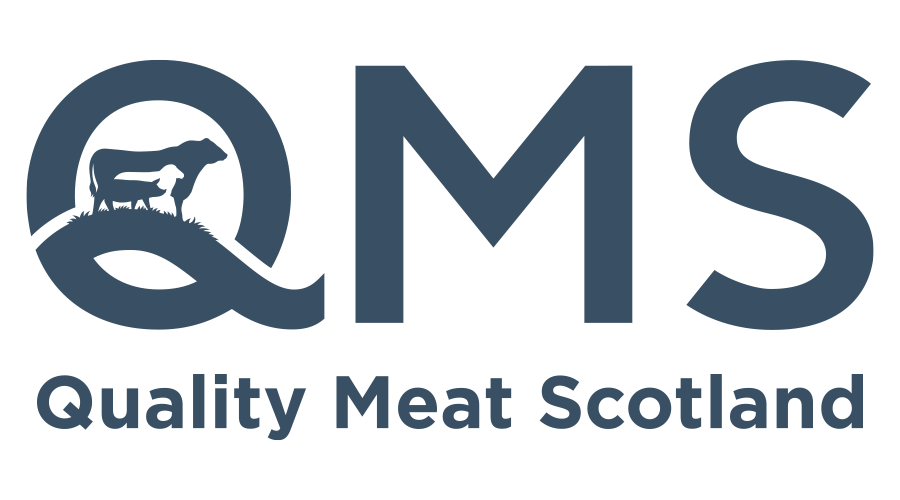According to the latest market commentary from Quality Meat Scotland (QMS), a reduced supply of finished lambs across GB, rising export volumes and lower imports from abroad have been supporting the lamb price in Scotland. Given indications of a smaller lamb crop this year, lamb market supply looks set to remain low if the recent picture of firm export demand and soft import volumes continues. Meanwhile, domestic retail lamb price inflation has slowed, which could help to underpin sales volumes this autumn, given continuing strong price increases for other proteins, according to Iain Macdonald, Market Intelligence Manager at QMS.
He says: “Despite a slow start to the season, weekly finished lamb auction volumes have reached a normal autumn range in Scotland. Finished lamb prices remain below the new season peak, reached in May, but began September at a record level for the time of year at Scottish marts. At an average of 245p/kg lwt in the first week of September, prices were up 6% on the same week in 2022 and by 20% on the five-year average.”
GB prime lamb auction sales trailed year earlier levels in seven out of the eight weeks leading up to September 6th. In Scotland, although the number of 2023-born lambs traded at marts has started to catch up with 2022 over the past month, it has been down 6% on 2022 in the season-to-date, with a similar story across GB.
“However, international trade is a significant part of the equation. In 2022, around a quarter of UK sheepmeat production was exported, with imports contributing around a quarter of total UK market supply in carcase weight equivalent. HMRC data for the first half of 2023 highlights a firm export trade, with the volume shipped overseas rising by more than 14% year-on-year, and the average export price remaining close to the highs of 2022, down 2% year-on-year at £6.64/kg.”
Meanwhile, import weakness in the final quarter of 2022, persisted into 2023, with UK sheepmeat import volumes down 32% in the first half of the year, despite highly competitive import prices averaging nearly 19% lower than in 2022, down from £6.40/kg to £5.21/kg.
Mr Macdonald added: “The combination of a rise in export volumes and a fall in import volumes acts to reduce supply in the domestic market. In the first half of this year, this change in trade converted a slight rise in domestic production into a significant reduction in total market supply, down by 11% on 2022 in product weight.”
Although domestic demand has experienced a mixed year so far, with Kantar retail sales data for GB generally pointing to weakness except for a strong Easter, in the year-to-date up to early August, the volume retailed was only down 1% year-on-year. Given reduced supply, this is enough to have ensured a tight market balance.
Mr Macdonald says: “Tight EU supply has supported our export opportunities, with EU sheepmeat production falling 6.5% year-on-year in the first five months of 2023, according to the EU Commission, while in the year as a whole, EU consumption is set to rebound to its highest level since 2019. Although the price of GB lamb carcases has dipped from the highs reached earlier in the summer at Rungis market in Paris, prices edged up again during August, and have begun September up slightly on the year.”
Despite firm prices available for imports to the UK, improved market access for Australian lamb since the Free Trade Agreement came into force at the end of May, and relatively low prices in the Southern Hemisphere, import volumes have been surprisingly sluggish.
Mr Macdonald says: “Lamb prices in New Zealand are down by around a third on last year, clearing at £3.24/kg dwt on the South Island in early September, while Australia’s Trade Lamb Indicator has plummeted to as low as £2.26/kg dwt and £54 per head.”
Looking forward to the remainder of the season, domestic supply is set to remain tight. Following a dry autumn in 2022, there were reports of poor scanning rates, particularly south of the border, and June census data from England appears to support this view, with a 5% year-on-year reduction in lamb numbers. With England accounting for around half of the GB flock, a smaller GB lamb crop this year seems almost certain.
While the decline in auction marketings so far points to room for a catch-up in slaughter numbers over the remainder of the season, reflecting that the percentage fall in lamb crop could be smaller than the 6% reduction in auction volumes so far, this might not necessarily be the case.
Mr Macdonald explains: “Given an annual kill of around 12m head across GB, a 3% reduction in the slaughter lamb crop would equate to around 350,000 fewer lambs. So far, the fall in GB auction throughput is roughly equivalent to around 200,000 head, after factoring in that close to half of lambs will be sold in the ring. Therefore, a situation of relatively tight supply could persist. In a further indicator of the potential for tight supply later in the season, store lambs appear to have been sluggish to come forward so far at Scottish marts.”
On the trade side, export demand should hold relatively firm given the tightly supplied EU market. However, there is significant uncertainty around the outlook for imports. Highly competitive pricing in Australia and New Zealand and a considerable expansion in Australia’s sheepmeat production could lead to significant upwards pressure on UK import volumes. This market risk has been significant throughout 2023, but import volumes have yet to surge.
Mr Macdonald concludes: “Domestic retail sales volumes could be underpinned by lamb retail price inflation slowing. In the 12 weeks to early August, Kantar figures indicate that the average price paid for lamb was 1% lower than a year earlier, driven by cheaper roasting joints, although the chops/steaks and mince categories still showed higher prices than in 2022.”

